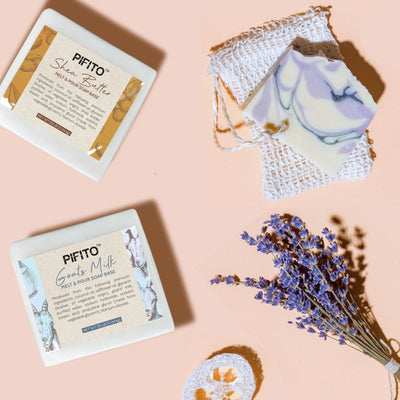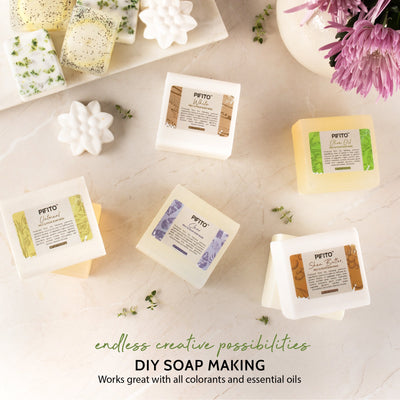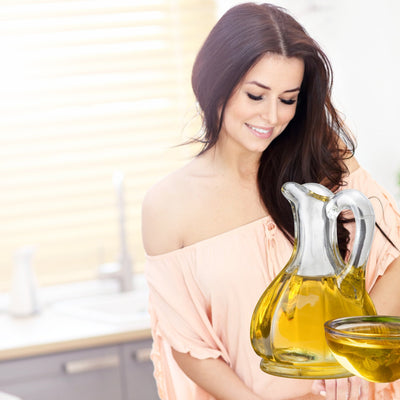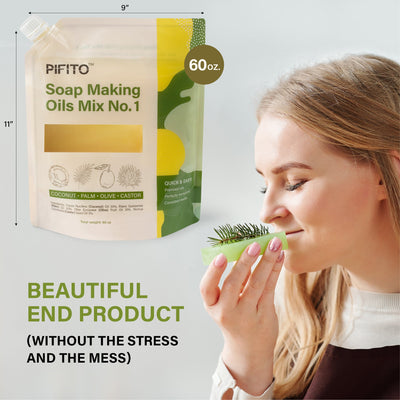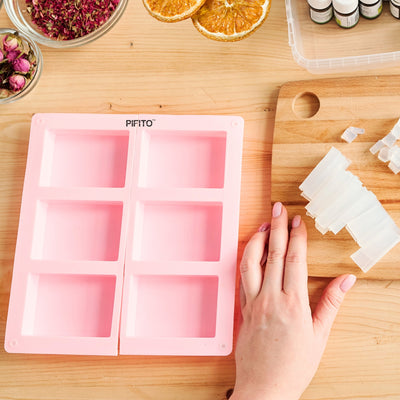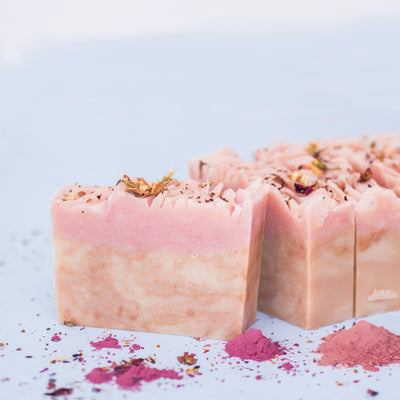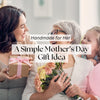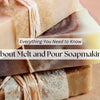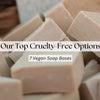Handling a Lye Burn: Tips for First-Time Soap Makers
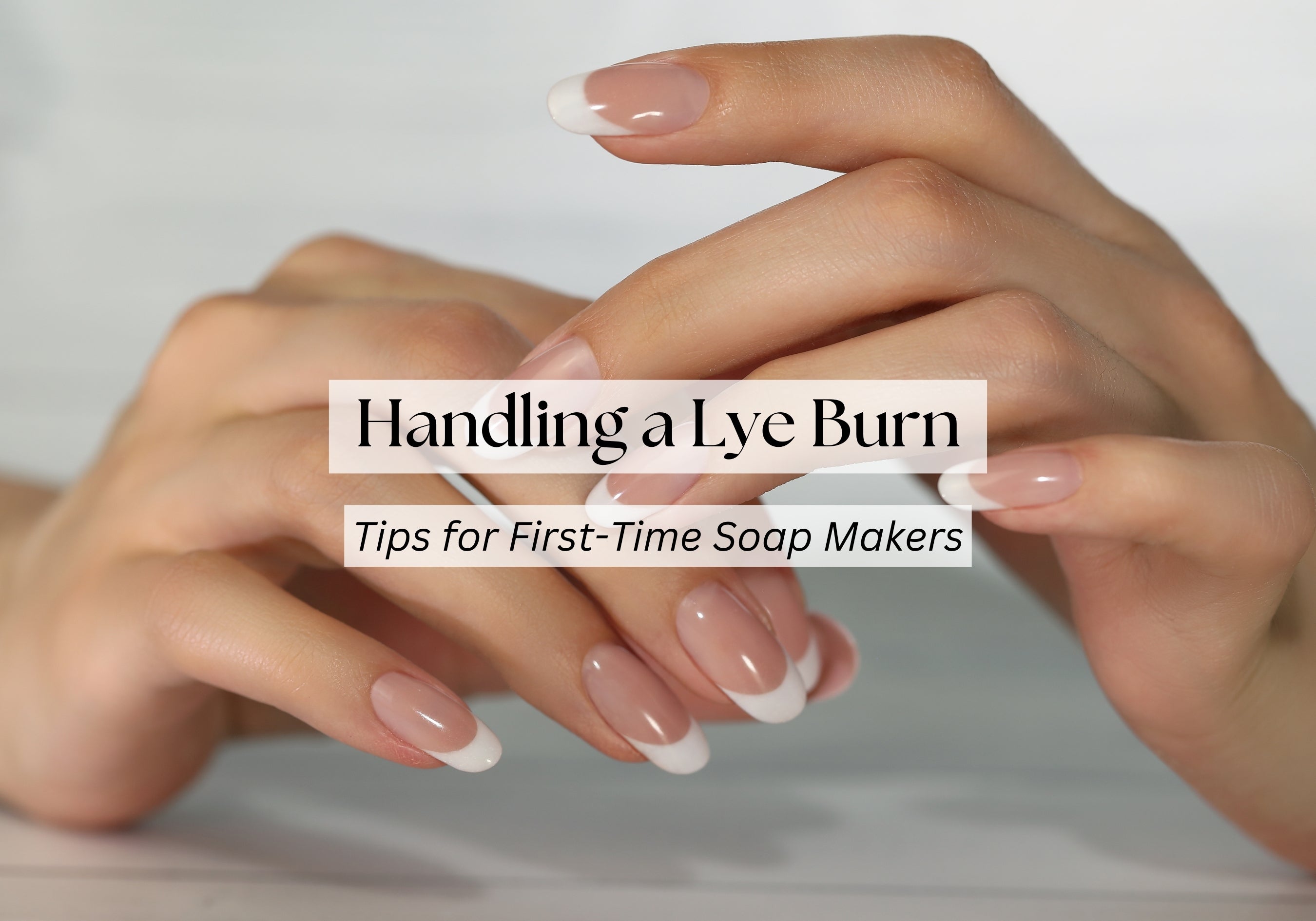
Creating your own soap for the first time can be an exciting and fulfilling experience, but accidents can happen. If you find yourself dealing with a lye burn, here’s a guide to help you manage it quickly and effectively.
What is a Lye Burn?
A lye burn occurs when sodium hydroxide, commonly known as lye, comes into contact with your skin, eyes, or other parts of your body. Lye is highly corrosive and can cause severe damage, including skin burns, respiratory issues, and even blindness if not handled properly. Symptoms of a lye burn include itching, redness, and extreme pain, with the affected area appearing soft and moist.
DO:
Act Fast: Speed is crucial. The quicker you rinse off the lye, the less damage it can do.
Rinse Thoroughly: Flush the affected area with plain water or saline solution for at least 30 minutes to remove all traces of lye.
Seek Medical Help: If the burn is near sensitive areas like the eyes, nose, or mouth, or if it’s a deep or large burn, get medical attention immediately after thorough rinsing.
DON’T:
Avoid Vinegar: Although vinegar can neutralize lye chemically, applying it to a burn will generate heat and could worsen the injury.
Don’t Stop Rinsing Too Soon: Even if the pain subsides, continue rinsing. Residual lye can keep causing damage.
No Vomiting if Ingested: If lye is swallowed, do not induce vomiting as it can cause further harm. Instead, give milk or water within minutes of ingestion and seek medical help.
Can You Make Soap Without Lye?
Lye sounds intimidating, but it's essential in soap making. Chemically, soap cannot be created without lye. However, you can still enjoy making soap without directly handling lye by using the melt and pour method.
Understanding Saponification
Saponification is the process that turns fats, oils, or lipids into soap by combining them with sodium hydroxide (lye). This chemical reaction neutralizes both the acid and the base, creating soap that is safe to use after curing for several weeks.
Melt and Pour Soap Making
Melt and pour soap bases have already undergone saponification. This method allows you to enjoy soap making without the risks of handling raw lye. Simply melt the base, add your chosen fragrances and dyes, and pour it into molds. Your soap is ready to use once it cools and hardens, bypassing the long curing process required for cold process soap.
Customization is a breeze with melt and pour bases. You can create unique recipes by adding various ingredients, fragrances, and additives. For example, Pifito offers a range of melt and pour soap bases with additives like goat milk, shea butter, aloe vera, and olive oil.
Explore our collection of luxury soap-making products and start your soap-making journey safely and creatively.
Please note, this article is not intended to provide medical advice. We recommend contacting a doctor or seeking medical advice in case of a lye burn.
-
Posted in
Melt and Pour Soap Base

